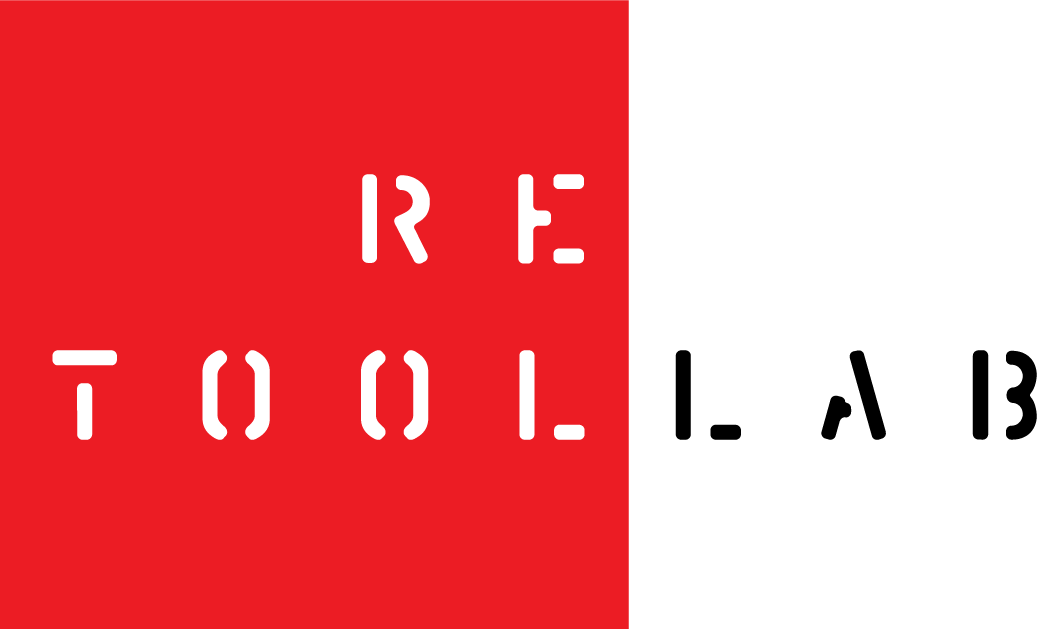Outcome-based Brand Positioning for Services Firms.
In our branding practice, we get the privilege to work with entrepreneurial and professional services companies. Our work with these organizations often includes assisting them in the development of a brand positioning to help a company present a unique value proposition to its intended audience.
One initial problem we must regularly overcome is that many companies have seemingly been conditioned to subscribe to the way the market defines them, e.g., “We’re a research firm… an engineering firm … an investment firm”, etc.,. So not surprisingly, their initial approach to positioning often lies in describing their value proposition in terms of functional benefits or by emphasizing the quality of their services. This costs them opportunities to meaningfully differentiate themselves and present a value proposition that is relevant to a market already saturated with parity offerings.
Professional services firms should instead look to define the market for themselves by carefully listening to what the market is really looking for, in order to ensure that their positioning and expertise are aligned to answer these particular needs. To do so, they must focus their positioning relative to desired customer outcomes rather than on industry table stakes like speed, accuracy, cost, or whatever else those happen to be.
With few exceptions, your brand positioning should not be primarily about your services or how satisfied your current clients are. It should instead come from looking deeper into the market to understand what will drive future demand and ensure that when the time comes, the companies within it will see your firm as the most able to meet their needs. This is how you can create your unique, distinct, and most of all, relevant identity, and then express it in the most direct and compelling way.
CREATING A UNIQUE AND RESONANT POSITIONING
“People don't want to buy a quarter-inch drill.
They want a quarter-inch hole”Theodore Levitt
Finding out what those desired client outcomes are, may be a more difficult task than one would anticipate. This is because, not unexpectedly, those are likely of a deeply emotional nature, even if cloaked in the language and imperatives of business. It then becomes difficult for clients to communicate their true motivations and what will really drive their business decisions.
One must peel back the layers of communications to get to the core truth about customer needs. What are clients really trying to accomplish? What are the things clients really need but cannot easily express? What actually keeps them awake at night? What is the emotional state they hope to derive from the functional benefit of your services? What irritants or pain points are they looking to alleviate? What will make them feel reassured that you get “it” and “them” and that you are the right choice for them? I strongly suggest that the answer to these questions is not found in what you are selling, but in how you can convincingly address these emotionally charged questions.
Is your market valuing simplicity and clarity, stability and predictability, customization and freedom of choice, a stress-free experience, a greater sense of security and trust, a stronger feeling of being in control of their destiny? If your value proposition centers entirely around your services and business solutions, you may be missing the target.
As Theodore Levitt implies above, clients are not buying what you are selling. They are buying the outcome of what you are selling. Finding out what these outcomes are, requires a good measure of empathy. By empathy, we mean the ability to put yourself in the mindset and context of someone seeking a solution to a business problem and who may, in the process, be incurring significant professional and personal risk in making a hiring decision. Understanding this means you can hone your value proposition and craft a positioning that either directly or implicitly addresses these needs.
In his article entitled “When Marketing is Strategy” (Harvard Business Review, December 2013) Niraj Dewar comments that “…since the sources and locus of competitive advantage now lie outside the firm … your focus should be on the needs of customers and your position relative to their purchase criteria… and that the evolution of the market is now driven by those criteria rather than by improvements in products or technology.” I believe this is true. This means you better get those criteria right. https://hbr.org/2013/12/when-marketing-is-strategy
SETTING YOURSELF APART
Companies that define themselves primarily by the services they provide allow prospects to pigeonhole them into specific roles and industries and let rival firms compete with them on price and services. However, a brand positioning based on your market’s desired business outcomes may set your organization apart from the competition, and even help open new markets previously not available to you.


